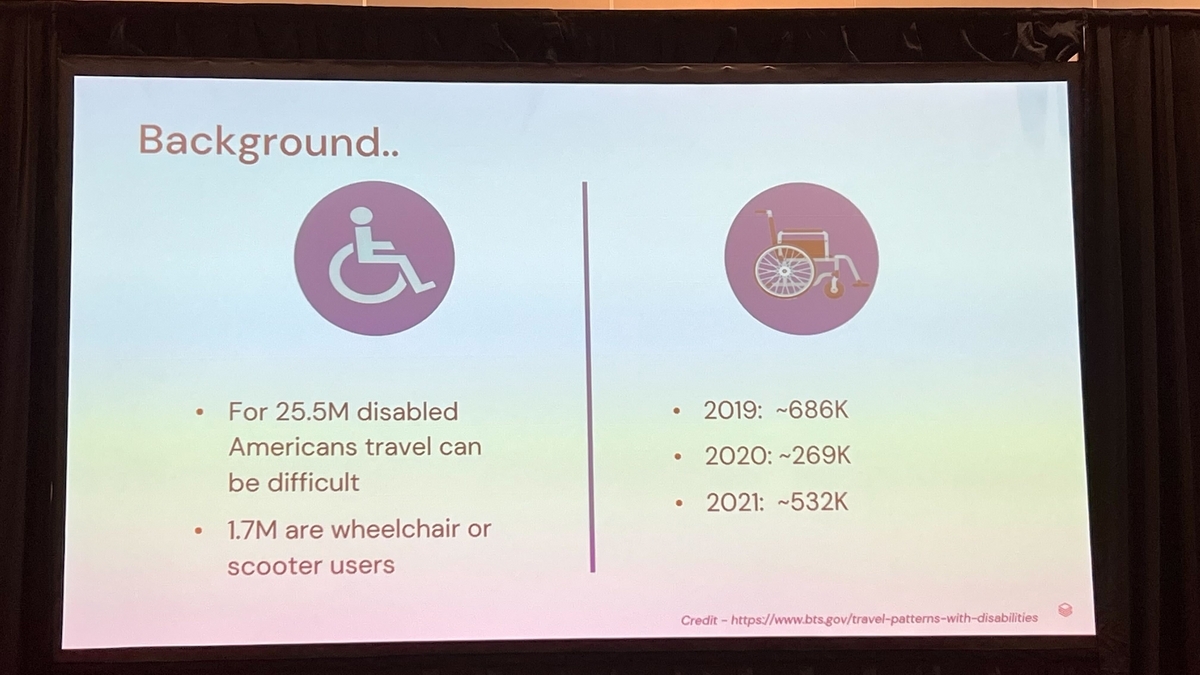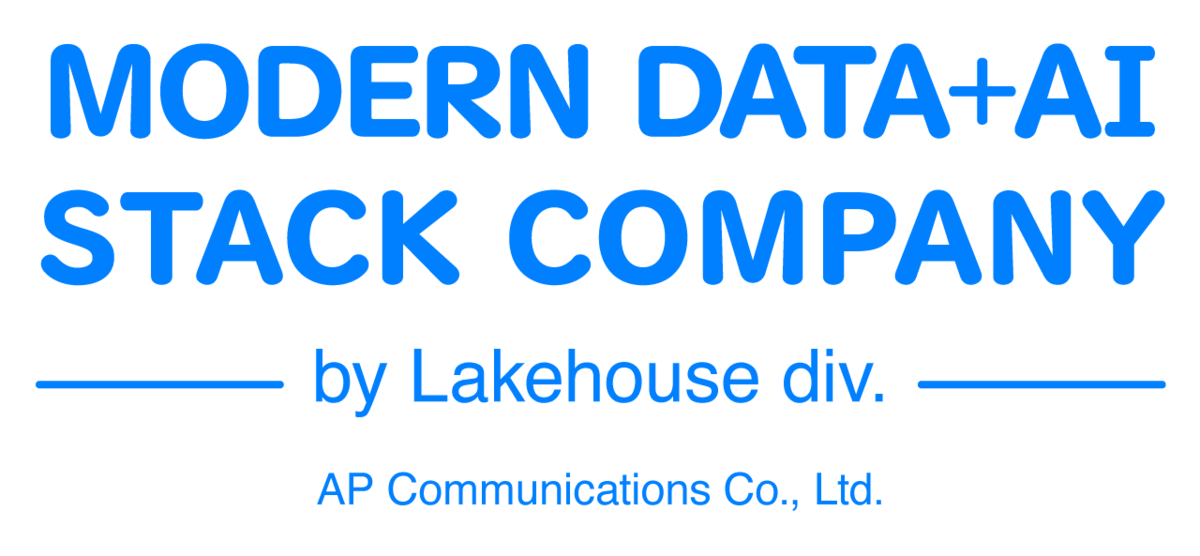Introduction
This is Abe from the Lakehouse Department of the GLB Division. I wrote an article summarizing the content of the session based on the report by Mr. Kanamaru, who is participating in Data + AI SUMMIT 2023 (DAIS) on site.
Articles about the session at DAIS are summarized on the special site below. I would appreciate it if you could see this too.
Efforts to make travel more comfortable for wheelchair users
This time I would like to feature a talk about our efforts to make travel more accessible for wheelchair users. The title of the lecture was 'Making Travel More Accessible for Customers Bringing Mobility Devices', and the speakers were Mr. Teja Tangeda, Principal Data Engineer of American Airlines, and Mr. Madhan Venkatesan, Sr. Data Engineer. This presentation aims to solve the problem of transporting wheelchairs for passengers who use wheelchairs. This is of great interest to both marketers and distributors.
Let's take a quick look at what it's all about.
Issues and Current Status of Wheelchair Transportation
First of all, the challenges of wheelchair transportation that wheelchair users face when traveling were explained. There are various types of wheelchairs, and a transport method suitable for each wheelchair is required. In addition, the battery of the electric wheelchair is safe on the aircraft. Special handling is required to ensure integrity.

The current system does not reflect wheelchair check-in, causing issues with wheelchair transportation. Specifically, even if a traveler checks in a wheelchair, the information may not be accurately communicated and transportation of the wheelchair may not proceed smoothly. In addition, due to a lack of knowledge about wheelchair handling, wheelchairs may not be transported properly.
Data Collection and Processing Challenges for Wheelchair Transportation
Next, the challenges of data collection and processing related to wheelchair transportation were explained. In the presentation, we expect that the shift from DAT to Spark Structural Streaming for data processing will enable real-time data processing and make travel more convenient for wheelchair users.
They also touched on the latest concepts, features and services. These are important factors in making travel more comfortable for wheelchair users. Utilization of IoT technology, AI technology, utilization of cloud services, etc. were introduced.

Introduction and effect of new system
Finally, he explained that he hopes that the introduction of the new system will make travel more comfortable for wheelchair users. The introduction of a real-time wheelchair tracking system will improve passenger services and allow wheelchair users to enjoy their trip with peace of mind.
We also hope to reduce wheelchair-related mishandling and improve customer satisfaction. Furthermore, it was explained that the system will continue to be improved based on feedback from frontline agents.

Summary
In this talk, we introduced our efforts to make travel more accessible for wheelchair users. The issues of transporting wheelchairs and the issues of data collection and processing were explained in detail, and we expect the effects of the introduction of the new system.
Conclusion
This content based on reports from members on site participating in DAIS sessions. During the DAIS period, articles related to the sessions will be posted on the special site below, so please take a look.
Translated by Johann
Thank you for your continued support!
